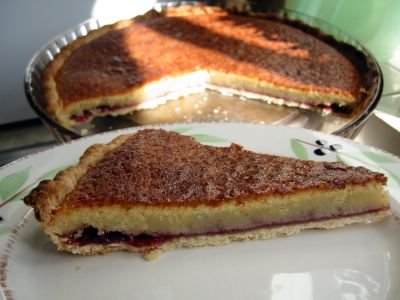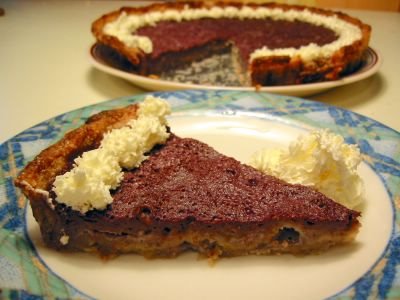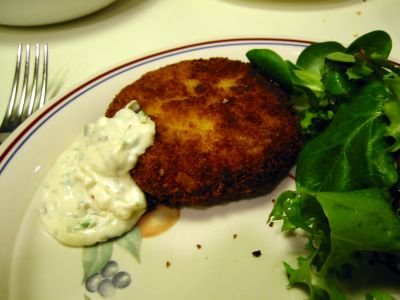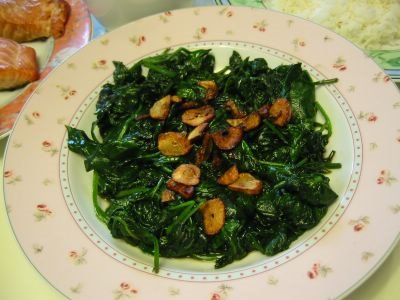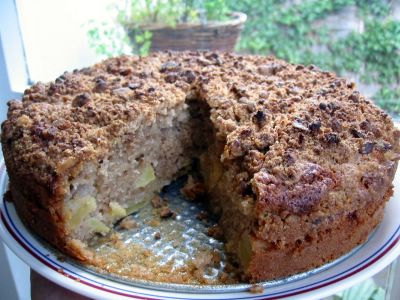Well then, let's get down to business. I was gifted immensely by a good friend in Greece with loads, and I mean loads, of food stuffs that she made her sister carry on the latter's way back here in London. Thanks Sha! *mwah* One of the wonderful things she gave me was this big block of fresh salted fish roe called 'tarama' in Greek. As expected, I immediately set out to make some taramasalata - the Greek fish roe dip or salad dressing greatly enjoyed here and one of mine and my husband's favourites.
Derrick's theme in the current IMBB edition says to use stale bread. Mine used nearly new bread but I'm sure using not-so-new ones is okay. I was thoroughly fascinated with the making of this delightful dip which is very much akin to making mayonnaise though sans the eggs. Which also reminds me to grab a food processor in the next sale because holding a handheld mixer on one hand and slowly dripping olive oil in the other is no fun at all. Definitely not. :( What's more fascinating for me is how long this dip stayed unspoiled in the fridge with no loss in taste until nearly a month! The recipe I adapted is from another friend, Stel, who in turn adapted it from Craig Clairborne.
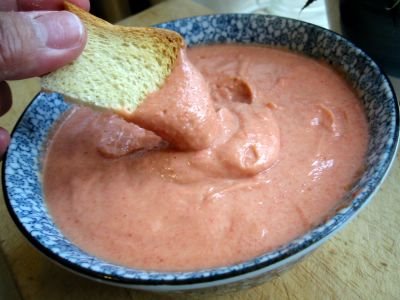
Taramasalata
1/4 cup fresh salted fish roe
3 crustless white bread
1/2 cup olive oil
2 1/2 Tbsp lemon juice
- Soak the bread slices briefly in warm water and then squeeze dry. Set aside the water.
- Combine the bread and fish roe in a bowl and with a handheld mixer beat the mixture for a few seconds until completely combined (or use a food processor).
- While the mixer is still running, add the olive oil slowly in a thin stream.
- When all the olive oil is incorporated, add the lemon juice little by little also.
- The resulting consistency should be that of thick mayonnaise. If it is too thick to your liking, add some of the reserved soaking water until you get the viscosity that you want.

I can't finish this post without shamelessly bragging about what I got from Sha. Just look at that spread above. And to think that I just requested for some halva (see below). You know me, a thorough nut lover. All the labels were Greek to me - figuratively and literally. So I let my smell and taste be my guide. My husband loved all the different olives and both of us enjoying the varied flavours of teas, the sweets they were long gone (I love the gum mastic flavoured ones; now I know what they use to make Turkish delights and the wafers in some reminded me of the communion wafers in church), the other items like mushroom orzo, various canned and bottled goodies, etc. - I will try to make the savouring of them last as long as possible. :) Thanks very very much Sha. :)



